|
Speed is the most sought after commodity in the sport world. There is not a single athlete to have ever played sport that did not want to get faster. No matter the sport, they all wanted to increase their speed. I am still waiting for that first athlete that asks me to make them slower, that will be an interesting day. All kidding aside speed makes a huge difference in sport. It can be the difference between making the high school team, getting a college scholarship or signing a multimillion dollar contract. Speed is what separates the good athletes from the great athletes.
It seems that everyone wants to be faster, but there is some confusion about how to get it. So the question remains, how do we improve speed? I’m going to start with some basics physics to start answering that question. Force=Mass x Acceleration Force is the ability to accelerate an object. Power=Force x Velocity Power is how quickly we can accelerate an object. Speed=Distance/Time Speed is how long it takes you to travel a certain distance. Athletes that do not develop their ability to produce force and power will never be as fast as they would be otherwise. The greater your ability is to push into the ground (force production), the faster you will be. The faster you can apply that force into the ground (power production), the faster you will be. Developing the ability to produce force and power is what is going to make you a faster athlete. All of these training qualities can be developed simultaneously to an extent; it is always on a spectrum no matter what the focus is of the training cycle. Force and power output should be developed significantly in relative terms before any large amount of time is spent on speed training. So how do you as an athlete develop greater force and power production? Your training sessions should focus on multi-joint exercises such as squat, lunge and deadlift variations. It should also include clean and snatch variations, swings, medicine ball work and explosive jump variations. This is taking into account that you have been properly progressed to a point where you can perform these exercises. Once force and power production is at a point where speed training should be focused on more heavily it is time to bring a more sport specific training protocol to speed development. Most athletes perform both linear and lateral speed specific movements during competition; the only athlete that focuses solely on linear speed would be a sprinter for track and field. Otherwise lateral speed most be developed. Linear speed is pretty straight forward, run as fast as you can in a straight line. It can also include the ability to stop and start continuously with either a focus on a forward or backward run or both. Lateral speed involves the ability to change direction, make sharp cuts, and stop and start. Sprinters are the only athletes that will use linear speed a 100% of the time during their competitions. Everyone else will need to possess the ability to do both. Training for linear speed could involve sled pushes, harnessed sled pulls and resisted sprints whereas lateral speed development would include lateral bounds, slideboard lateral sprints and crossover runs. These are just a few examples of what would separate our linear and lateral speed work. Another interesting topic as far as sport specific speed training is that all speed specific work is done as a unilateral movement. There is never a time when both legs are producing an equal amount of force or power because only one foot is ever in contact with the ground. There is NEVER a moment when both feet are on the ground when we are sprinting, sure there are times when an athlete is making a cut or changing direction where both feet will be in contact with the ground for a split second, but when that happens there is still never a time when an equal amount of force or power is given by both legs. So if the holy grail of sport training is speed why would we ever train in a bilateral pattern if we are seldom on two feet and never producing an even amount of force or power from both feet? There has been debate over this topic for years and will continue to be for some time. I am not going to dive into that debate today, but I will say I am not against bilateral training by any means. Unilateral and bilateral training are both training tools that should be used when appropriate. Speed development will always be the first thing that an athlete wishes to improve upon, mainly because that is all they know. They do not understand that increasing their ability to produce force and power will in turn make them faster than any speed specific training program could. Specific speed training should be limited until the athlete develops the ability to produce a relatively significant amount of force and power. At that point a greater amount of time can be focused on speed specific training. Work on getting strong and powerful and your speed will increase!
0 Comments
How many athletes are required to perform a movement analysis before starting a performance training program? My guess is that most athletes are not. Let me ask another question. What happens when an athlete is asked to perform a back squat or any movement for that matter, which is dysfunctional in nature due to their physical limitations? Strength is added to that dysfunctional movement pattern, it is not added to the true functional movement pattern. I’m going to continue to use the squat as my main example because it is probably the most common exercise used in most high schools. The squat is an amazing exercise for building strength, but when it is performed before athletes are ready for the movement bad things can happen. Below are some pictures that illustrate what an improper squat pattern looks like. These faulty squat patterns could be due to an array of reasons, some of which include short/weak hip flexors, imbalance of core musculature, excessive pelvic tilt, limitations with ankle mobility, weak glutes, etc. A complete movement analysis must be done to understand the complexity of these dysfunctional squat patterns. All of the above pictures demonstrate a faulty squat pattern that needs some cleaning up. Below is a picture of a squat pattern that is ready to be loaded with external resistance. If you are not performing a movement analysis of some sorts you are doing a disservice to your athletes. It is literally the foundation of any worthwhile performance training program.
How many unqualified lawyers have you had take on your law issues, how about unqualified accountants to take care of your taxes, anyone letting their kids go to school without qualified teachers? I’m sure you all answered none and of course not to those questions. Why would you use someone that was not qualified to handle your personal issues and take care of your child? You wouldn’t, yet everyday there are unqualified individuals acting as strength & conditioning professionals and attempting to coach your children.
A strength & conditioning coach is no different than anyone else that considers themselves a professional. A strength and conditioning professional should have degrees in a related field to strength & conditioning such as exercise science, kinesiology or physical education. They should also possess certifications from accredited and well respected organizations within the field. The Collegiate Strength & Conditioning Coaches Association, The National Strength & Conditioning Association and The United States of America Weightlifting are a few of the respected organizations out there. Experience is something else that you might want to find out about too. Who have they worked with, where have they worked, do they have references that support their efforts. There are so many reasons why it is important to have a qualified strength and conditioning professional be the one that is actually working with your child, but I will only discuss a few here. The first one is so blatantly obvious, but it bears repeating, they are qualified to do the job! They have done the schooling, received the certifications and have the work experience. Are you hiring someone that does not have the proper degrees and certifications to be an architect to design the building of your home? Of course you aren’t so why would you use someone that is going to help build and develop your most prized possession, your child? You wouldn’t, end of story. Second, which plays off the first point somewhat. The biggest thing about being in a profession is you are continuing to learn new things about your industry on a daily basis. It has been said that taking a year off from the strength and conditioning field would put you years behind the rest. There is that much to learn every year! So if you are not continually learning and improving your skill set, you are falling behind. It is a consistently changing field that requires a deep understanding of the material and how to properly apply it. A 100% commitment is required to be a professional in any field, strength and conditioning is no different. Third and I’ll finish with this point, when unqualified individuals attempt to run a strength and conditioning program the chance of injury goes up exponentially. One of the most difficult things to do is “give credit” to how some injuries present themselves. Chronic issues will not appear immediately (duh) and might not even develop until a few years down the road. A chronic issue could develop because an athlete might be asked to perform a movement they are not ready for; they shouldn’t be doing at all or are asked to do too much too soon. Injuries, whether acute or chronic are unfortunate, but something that is caused due to chronic repetition of improper form due to poor coaching or the athlete not being able to physically perform the movement could take an extremely long amount of time to correct. There is a saying that goes, for every wrong repetition you do, you will have to do it properly five times. So think about doing something wrong for two years and add up all those repetitions, it’s not correcting itself over night. The proper movement pattern has been broken down so much that the repetitions that are needed to fix it will be substantial. Do not let these poor movement patterns lead to a broken athlete. When it comes down to it, I want all young athletes to receive proper coaching and be able to increase their strength, power and speed while reducing their chance of injury. Every strength and conditioning professional should be able to tell you why they are doing everything in their program, if not, find someone that can. Make sure that your young athletes are getting what they need and deserve. A key component in a strength and conditioning program is training specificity. Training should be specific to the athlete’s needs, goals, and sport. There are many components to consider in the realm of training specificity. The adaptations that occur from a training stimulus are specific to the mode (type), the intensity, and the duration of the training stimulus. In the Book Physiology of Sport and Exercise specificity of training can be defined as the principle that physiological adaptations in response to physical training are highly specific to the nature of the training activity. To maximize benefits, training should be carefully matched to an athlete’s specific performance needs.
Applying the specificity principle appropriately to a training program can help maximize the benefits of the program, and carry over to the performance of the athlete in their specific sport. One thing to look at when making a training program specific to an athlete is the movements to train. The types of movements that are used while playing should be closely mimicked in the training program. If an athlete needs to be strong unilaterally then the training program should include exercises performed unilaterally. If there is a lot of lateral movement in the sport, then train lateral movements. Along with the movements to be trained, the muscles and joints that perform the movements need to be taken into consideration. Another important aspect of training specificity is the energy system or systems used by the athlete. If the athlete plays an anaerobic sport they are using the phosphagen system and the anaerobic glycolytic system. For an athlete that uses these anaerobic energy systems, in order to condition for this sport then the energy systems used in conditioning need to be the same ones used while playing the sport. One way to train for these systems is to alter the work to rest ratio. Athletes that compete in an anaerobic sport should condition by running shorter intense sprints. The length of the sprints, and the amount of rest in between sprints will be specific to that sport. Distance swimmers should condition mostly by doing distance swimming, and should include some swimming sprint work to aid in the all-out completion of the race. Specificity of training is a very comprehensive approach to training, which can maximize the benefits of a program. It is a key component of any training regime, and should not be over looked when putting together a routine for anyone. Written By: Joe Carillo, SportPerformanceU's Athletic Performance Intern A great performance training program will reduce the chance that you sustain an injury, but sooner or later, if you have not already, chances are pretty good that you will be injured. It is one of the most defeating experiences an athlete will deal with during their career. If you have ever had an injury that has kept you sidelined for an extended period of time you know how it feels. All your focus is on returning to the game as soon as possible. Let’s ask two very important questions to the sport medicine staff to see what approach should be taken with the injury. The first question would probably be how long am I out for and then a close second should be what can I do to get better while I’m injured? Is there a way to design a performance training program around an injury? The answer unfortunately is it depends on the injury, but for most injuries an experienced performance coach will be able to put together an appropriate program that keeps you strong and motivated! Trying to keep your training program on track will pay huge dividends when your injury has healed and it is time to return to play. Let’s go over an example where our athlete has a right lower leg injury. Let’s assume this athlete will probably be sidelined for a few weeks. Here is a look at a program that might be appropriate for this athlete. Single Leg Overhead Medicine Ball Slam 3x8
Three Point Prone Plank 3x60s. Single Leg Deadlift 3x5 Alternating DB Press 3x6 Single Leg Band Push-Pull 3x10 Single Leg Squat 3x5 Chin Up 3x8 ½ Kneeling Lift 3x10 Again this is just a hypothetical example; much thought has to go into writing performance programs, especially for an injured athlete. This program allows the athlete to work on power and strength, while staying off that injured foot. Yes every exercise is performed only on the healthy foot and yes if you did asymmetrical training forever it would be bad. For a short term training program this would not negatively affect you. It would have a tremendously positive effect and get you back into “game shape” sooner. Each training program should be individually programmed so these exercise movements have to be appropriate and beneficial to this athlete. Each injury is a setback, some longer and some shorter than others. It is how we deal with those injuries that will decide how well we play once it is time to return to the game. The ability to train and stay in the right mind set will set us up for success in the future. Do not let an injury stop you from accomplishing your goals. Continue to train using appropriate modifications, attend practices and be a supportive teammate at games. Each athlete has a unique set of strength and power developmental goals based on many factors, some of which include training age, time commitment and physical strengths and weaknesses to name a few. With that being said a sport performance coach has to meet their athletes sport training goals using not only the best methods available, but also the most appropriate options available.
The most applicable and appropriate exercises come from the Powerlifting and weightlifting community. They give us an amazing exercise selection at developing tremendous amounts of strength and power. From variations in the squat, deadlift and bench press to the clean, snatch and jerk, the Powerlifting and weightlifting community have blessed us with great training tools. When training athletes coaches sometimes get carried away with a certain training methodology that is sometimes not exactly what is appropriate for an athlete training for their sport. When athletes are asked to perform lifts that they are not physically ready to perform, due to either physical limitations or appropriate coaching cues injuries and/or movement limitations will take place. This is why weightlifting and powerlifting exercises sometimes get a bad rep, although they are some of the best exercises out there, if used inappropriately it will lead to undesired results. This is the question coaches must ask themselves when designed performance training programs “is this exercise appropriate for my athlete?” If the answer is yes, then by all means teach the appropriate progressions and have at it. If it is not then figure out what must be done to include the appropriate exercise. This could include using developmental exercises or regressing the movement until it becomes appropriate for the athlete. This leads to my next point, athletes that play sports have other requirements that are unique to their own sport. Whether it is using single leg exercises for strength, medicine ball work for power, slide boards for lateral conditioning or anti-rotations exercises for core development, each training protocol should be geared toward meeting the demands of that individual athletes sport. I love using Powerlifting and weightlifting exercises in my athletes programs, but they must be appropriate for the athlete’s physical abilities and appropriate for the demand of their sport. The power clean is one of the best ways to add an amazing amount of strength and power. It requires both an incredible amount of mobility and stability to move through such an explosive exercise. It will improve most all measurable athletic performance parameters on the field and in the training facility. Assuming that the athlete has the proper fundamental movement skills required to perform the power clean the proper set up and coaching cues should be the first thing to get attention. Power Clean Set Up Positions w/ Coaching Cues * Hang Position- standing position, elbows locked, and medium hook grip Rack Position- get the bar on shoulders from hang position- elbows up, humerus parallel to floor- weight supported by shoulder NOT hands- drop the bar and catch it in the hang position Jump Position- bar is at mid thigh- hips and knees are unlocked- bar is touching skin/clothing Squat Jump Position- jump w elbows locked and land in squat position Jump w/ Catch- jump and catch the bar on shoulders- elbows straight to slammed forward- aim your shoulders at the bar- slam bar onto shoulders Front Squat –bar is on the shoulders-squat to slightly pass parallel while keeping the elbows up, humerus parallel to floor Power Clean Progressions & Variations
Power Clean (Mid Thigh, Above Knee, Mid Shin, Floor) Power Clean & Front Squat (Mid Thigh, Above Knee, Mid Shin, Floor) Squat & Clean (Mid Thigh, Above Knee, Mid Shin, Floor) This is by far one of the best exercises for athletes to develop a huge amount strength and power that will transfer from the training facility to the field. Problems arise when the power clean is introduced without the proper progressions and is therefore rushed. Before a power clean is attempted athletes should possess the proper mobility and stability to perform the movement. Rushing the process or simply skipping over it to get to a poorly executed product is not the way to go about such a complex exercise. When taught and progressed properly this is a great exercise to add to your training program. * power clean set up positions w/ coaching cues from “Starting Strength Basic Barbell Training” 3rd Edition, Mark Rippetoe Force= mass x acceleration (acceleration is a component of force development) This physics equation explains to us how important force development is when trying to improve speed. Since we know that the majority of sport movement is all about acceleration, if we improve that aspect we will also improve our all out speed. Therefore the best way to train for speed is to increase your ability to apply the most force into the ground as fast as possible. Heavy lifts involve applying tremendous amounts of force into the ground, pushing heavy sleds involve applying tremendous amounts of force into the ground and sprinting involves applying tremendous amounts of force into the ground. I am beating a point to death if you did not notice. Speed has to be trained just like any other component in the sport performance spectrum, but being fast does have huge correlation with how strong you are. Included in your sport performance program there should be speed drills to assist in being as fast as you can become. These include, but are not limited to wall drills, 10 yard splits, 5-10-5 agility and 10 yard marching sled drives Wall Drills There are progressions to performing the wall drive such as flexion of the hip to hold, repeated flexion to extension of the same leg, marching, skipping and single leg exchange. One thing holds constant for all the progressions though and that is the upper body remains rigid, the lumbar spine remains in a neutral position, the abdominals are pulled in and the shoulders are pulled back with proper neck alignment. 10 Yard Splits The 10 yard split is going to make an athlete focus on the first push into the ground. The athlete can set up in a three point stance or the appropriate sport specific stance and work on the initial acceleration. Remember to use a strong first push and drive with your arms. 5-10-5 Agility To perform this drill you need three cones with both end cones being set up 5 yards from the center cone. The athlete can go in either direction for their first five yards, and then cover the next ten yards to the other cone and sprint pass the center cone. The athlete must touch the imaginary line with each end cone. This drill incorporates the ability to stop and change direction quickly. 10 Yard Sled March This speed drill acts like the wall march drill, but now there is a moveable load being used. It should be heavy enough that they are not able to run. Push into ground as hard as possible and drive the sled. There are four great speed drills to add to your tool box.
The off-season is a time to recover from any injuries that were sustained during the regular season, take care of any asymmetries that were developed from the specific sport played and increase strength, power and speed so that you are ready to dominate during the regular season! The off-season is usually broken down into three sub categories, which include the early, general and late off-season training program. The off-season ranges from sport to sport so when putting together a performance training program the actual length must be considered to program accordingly.
The early off-season is in most cases the first two weeks where there can be complete rest or light physical activity. This is the time to recover both physically and mentally from the regular season. There should be nothing strenuous done during this period. The general off season is the time to focus on cleaning up any asymmetries that might have been acquired during the regular season along with any loss of proper biomechanical efficiency. Once those situations are addressed it is time to begin increasing strength, power and speed components. This should comprise the majority of your off-season. The late off-season is when we should be peaking and focusing on any additional conditioning that is required of the specific sport. This varies from sport to sport and athlete to athlete. For sports that are more aerobically based such as field hockey, aerobic conditioning will be increased earlier in the late off-season then other more anaerobically focused sports. Some athletes also take different amount of time to gain the aerobic level of conditioning that is needed for their sport. The off-season (which encompasses the first day after the regular season ends until the first day it begins) is the time to get stronger, faster and more powerful. You should not start your off-season training a few weeks or even months before the beginning of the regular season. If being your best on the field is important to you, then taking your off-season performance training seriously is required. This is the time to put in the work so you can reap the benefits during the season. Youth sport and athletic development has exploded in recent years. The introduction of sport performance training programs has led to greater increases in strength, power and speed while reducing injury rates. The sport performance community continues to learn better ways to make the complete athlete. This sounds promising for every up and coming athlete out there. The question is how do athletes, coaches and parents know when one sport performance training program is better than another. I am going to list three tips that should help you find the perfect coach. First, what are their credentials? Did they attend a four year college or take a weekend seminar? Do they hold the most recognized and respected certifications in the field or did they get one off the internet? Is this there first go around or have they been in the trenches for years? Feel free to ask all these questions. It is your right and responsibility to know who is going to be coaching your athlete. Second, ask about the sport performance program. Is there a physical assessment done before the athlete starts the program? Is it a one size fits all cookie cutter approach where large groups are poorly supervised or is it a small group with individualized programming specific to each athlete. A well written sport performance program should include the following: 1. Self Myofasical Release 2. Static Stretching 3. Mobility & Activation 4. Dynamic Warm Up 5. Speed & Agility 6. Power & Strength 7. Sport Conditioning Third, does the facility have the proper equipment and tools necessary to execute the sport performance training program? Are there the basic necessities such as a squat rack, bench, barbell, Olympic plates and dumbbells? Additional tools that help are medicine balls, drive sleds, slide boards, kettlebells and plyo boxes. These are the important pieces of equipment for running a sound sport performance training program. Below is The University of Connecticut's football strength and conditioning facility. These tips should help you decide where to bring your athlete for their sport performance training program.
|
Archives
July 2024
Categories
All
|
Proudly powered by Weebly

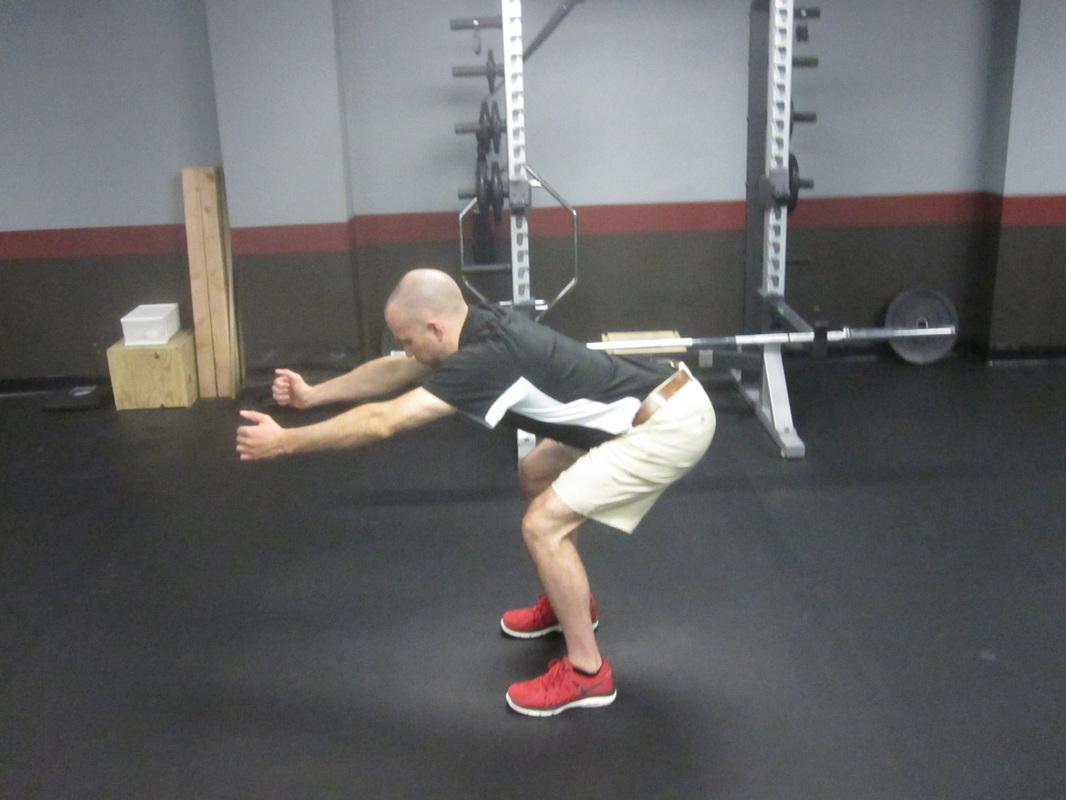
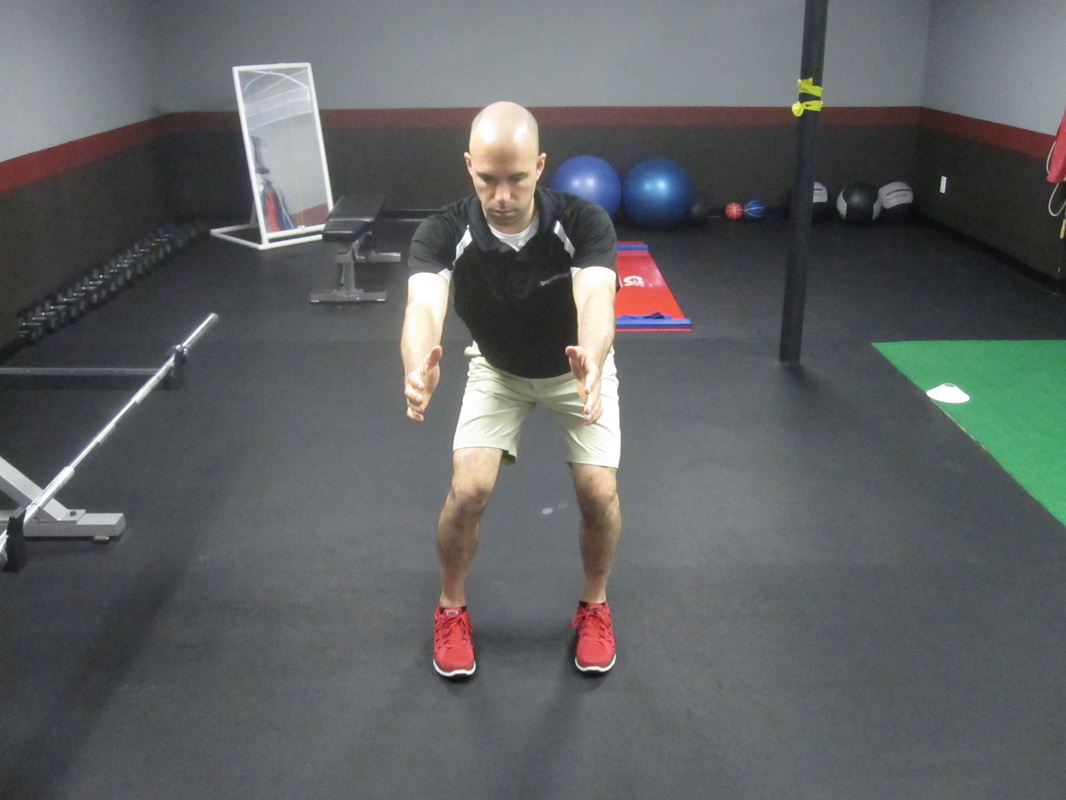



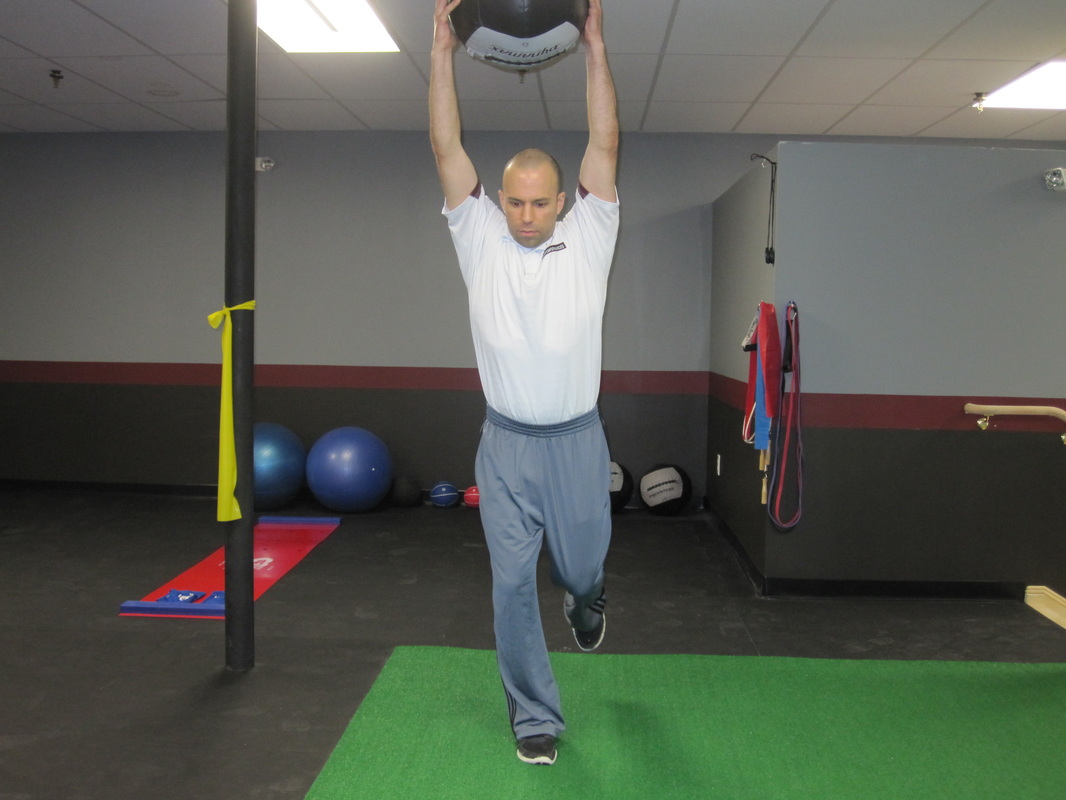

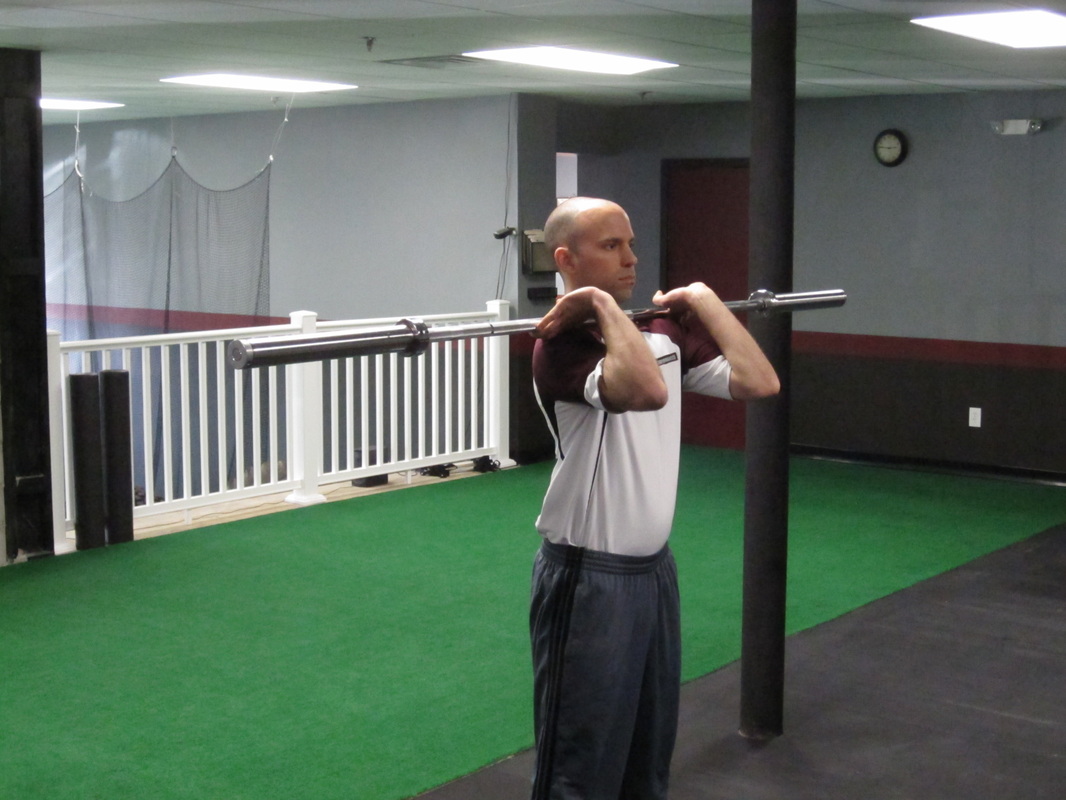

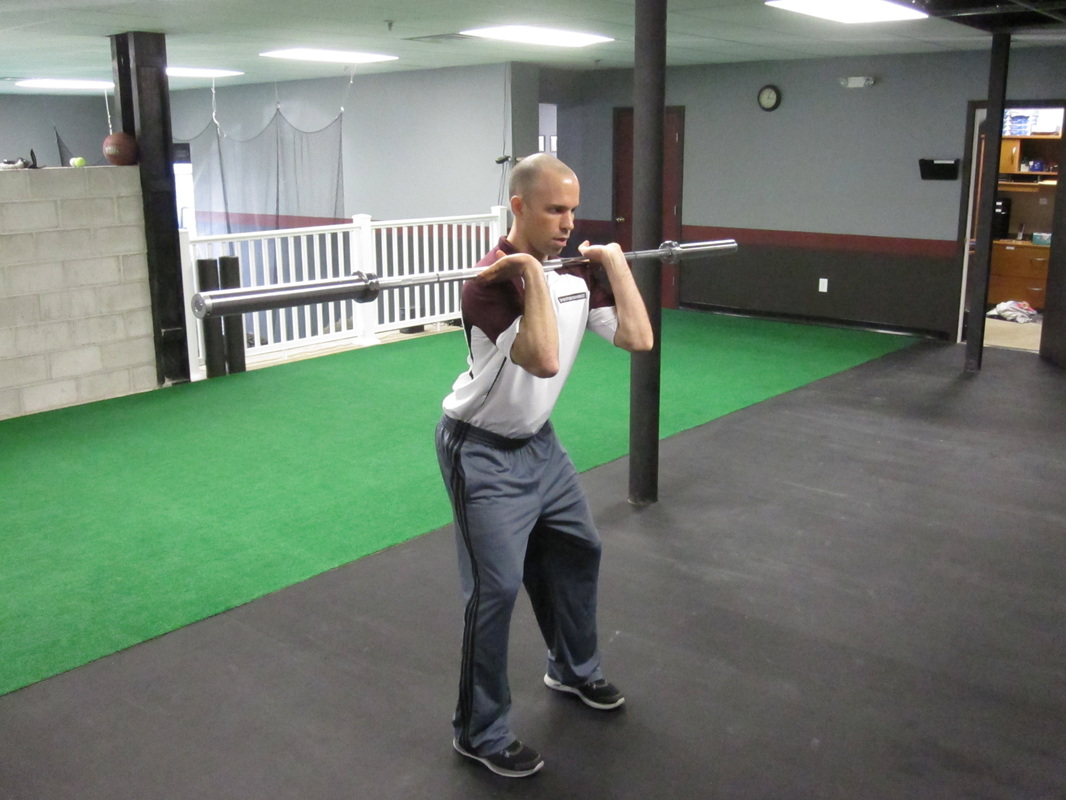
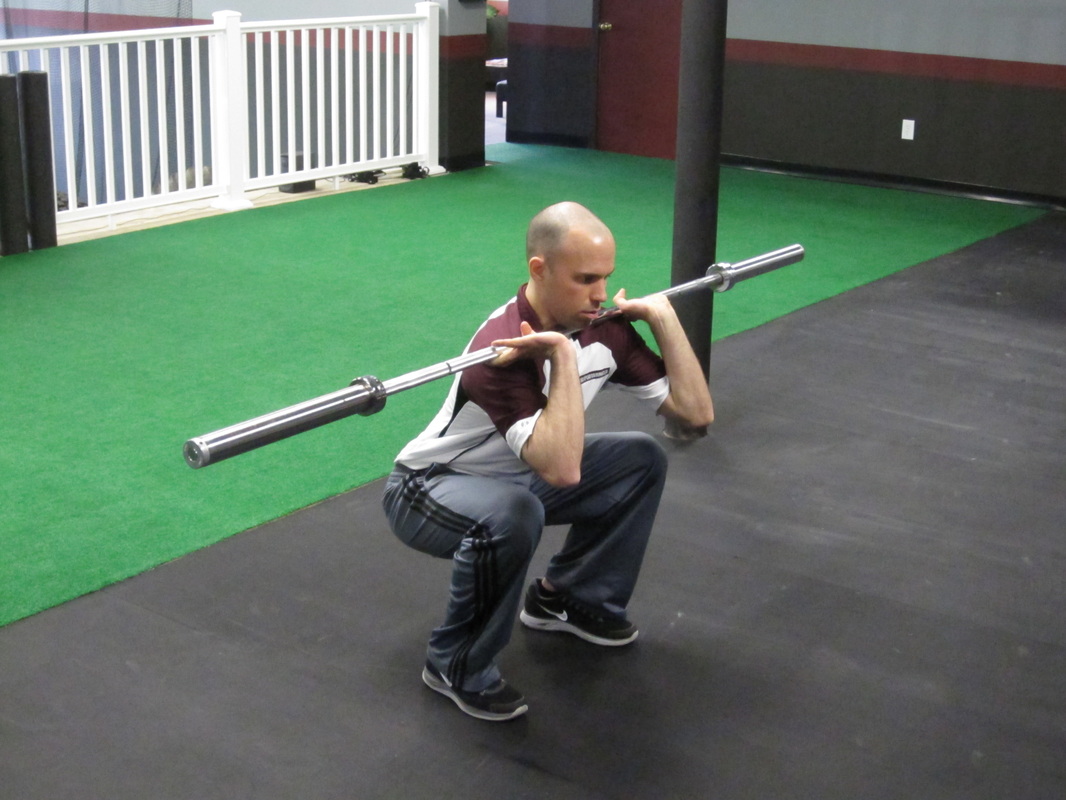

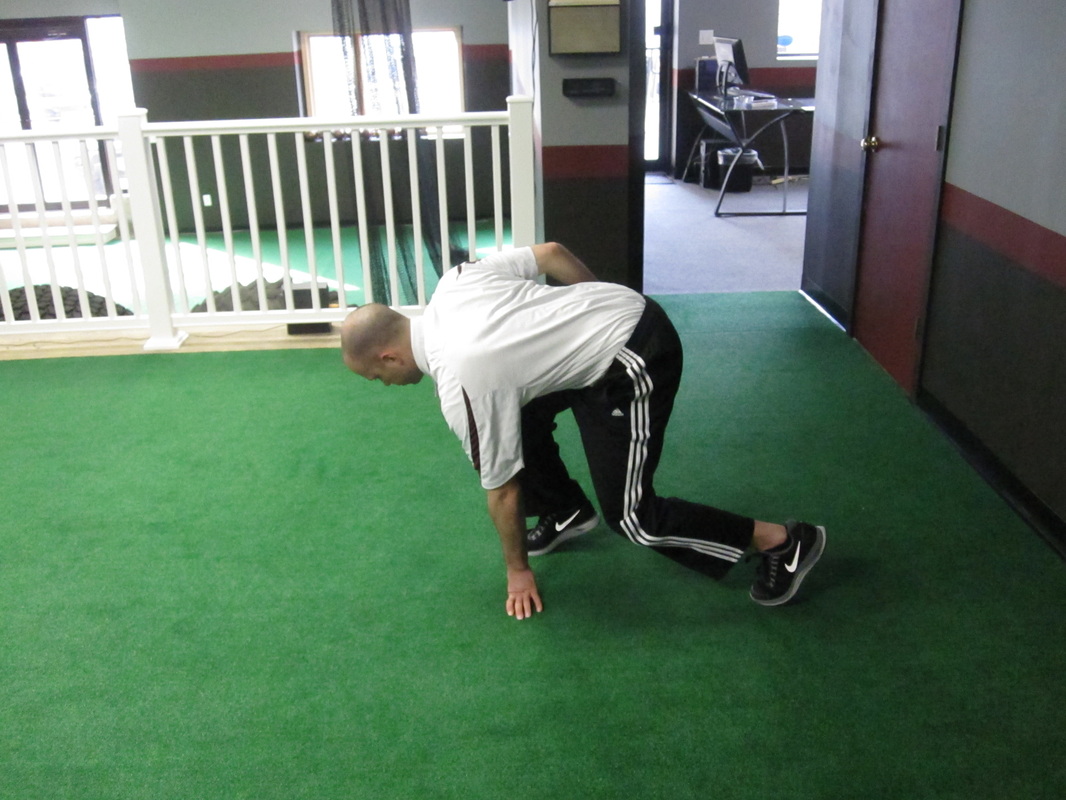
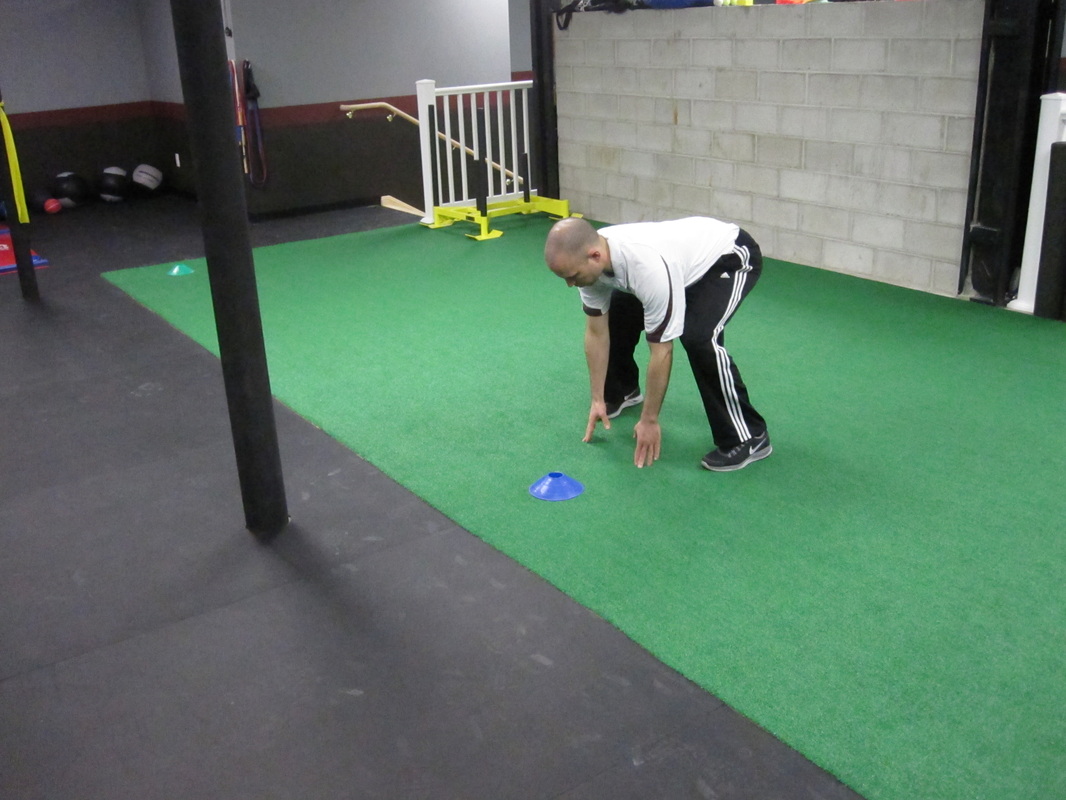
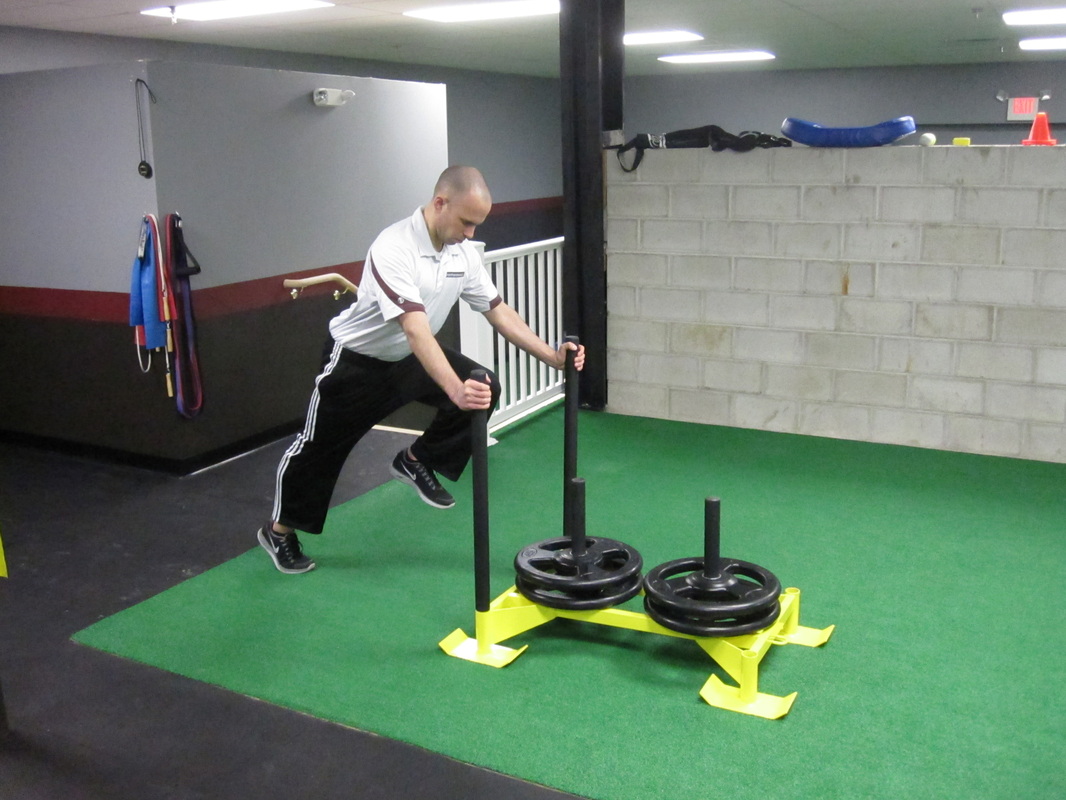


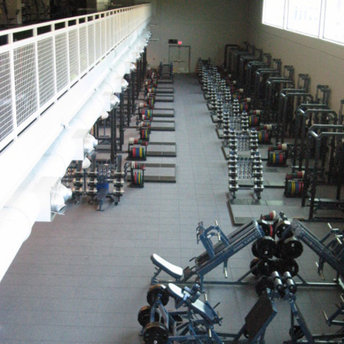
 RSS Feed
RSS Feed